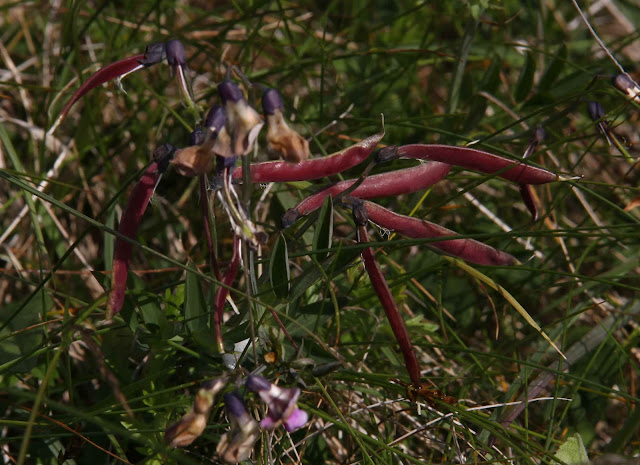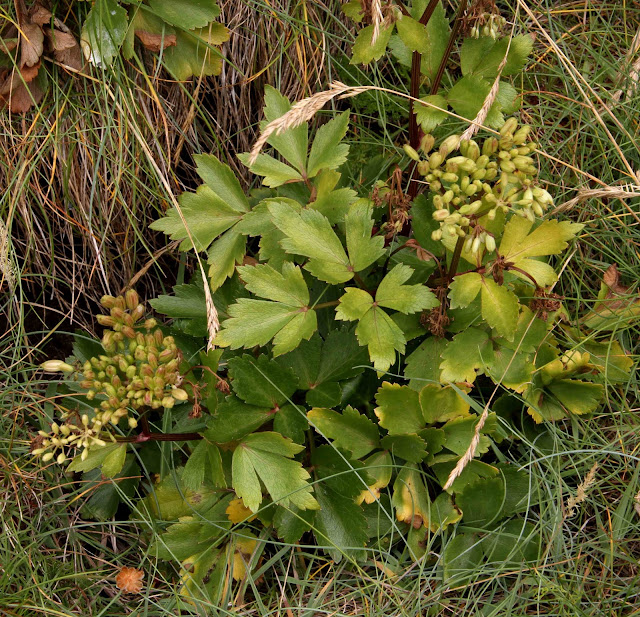3rd
The Quest for Adventure lies moored in Portree Bay against the background of the gruelling ascent up Ben Tianavaig which we made earlier in the year.
A nice multicoloured display with a southern marsh orchid at the centre. Steve's IDs: tormentil (Potentilla, upper right), birdsfoot trefoil (Lotus corniculatus, centre left), and speedwell (Veronica, lower left).
Sea plantain (Plantago maritima)
Northern side of Portree Bay
Heath spotted orchid (
Dactylorhiza maculata)
Identified by Steve as valerian; probably common valerian (Valeriana officinalis).
13th, south of Coral Beaches
An umbellifer, yet to be identified. Maybe a young giant hogweed! Steve's ID: hogweed (Heracleum sphondylium).
Cool beans; identified by Steve as bitter vetch (also known as bitter vetchling, Lathyrus linifolius, formerly known as Lathyrus montanus).
A common sandpiper (Actitis hypoleucos)
Eyebright (Euphrasia officinalis)
Re-identified by Steve as slender St. John's wort (Hypericum pulchrum).
A juvenile northern wheatear (Oenanthe oenanthe)
16th, Camas a Mhor-bheoil
A juvenile pied wagtail (Motacilla alba)
Looking north along the Sound of Raasay.
Ben Tianavaig
17th, Kilmuir
Another umbellifer, this time with a pink tinge; identified by Steve as possibly angelica.
Looking north west to Fladda-chuain, showing it's a popular spot for birds, with Harris in the background.
Sea campion (Silene maritima)
Identified by Steve as Scots lovage (Ligusticum scoticum).
Idntified by Steve as lousewort, though I'm not sure whether it is lousewort (Pedicularis sylvatica) or marsh lousewort (Pedicularis palustris) as the flowers look very similar.
Sea mayweed (Matricaria maritima)
The cliffs at Kilmuir
Fulmar with chick (Fulmarus glacialis)
Fulmar chick
Family life
And finally, fulmars.
19th
A blue pig in the sky, his hair blowing in the wind.
Cirrus uncinus - "Mare's tails and mackerel scales make tall ships carry low sails". Ice crystal gently descending from a height of around 6 km where they formed from the sublimation of scanty water vapour in rising relatively dry air. When mare's tails are pulled by wind towards the horizontal, this means impending turbulent weather.
20th
Rook (Corvus frugilegus)
Loads of new house sparrows (
Passer domesticus) on the feeders this year.
28th
Rock dove (
Columba livia) with non-standard plumage.




























































